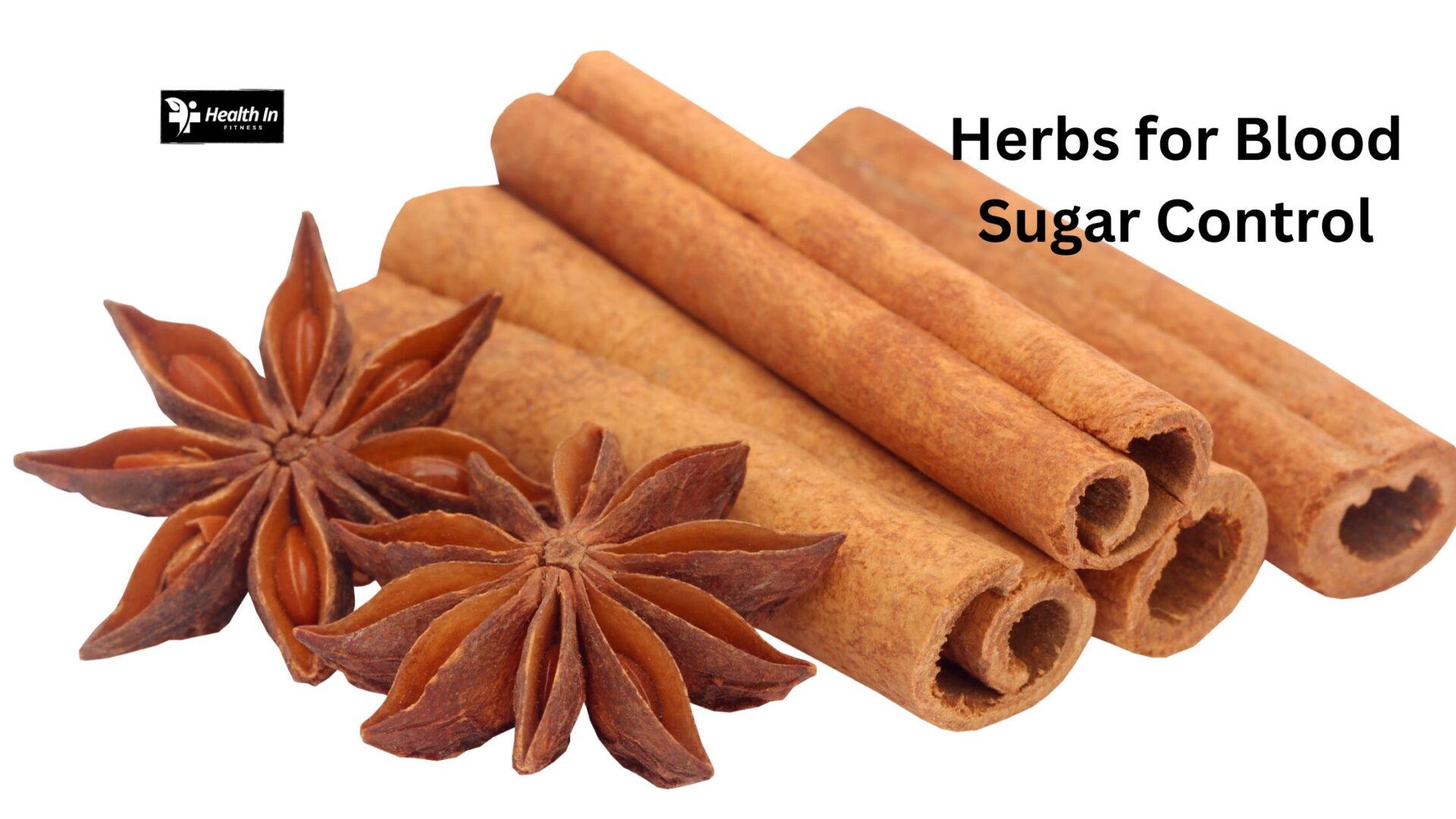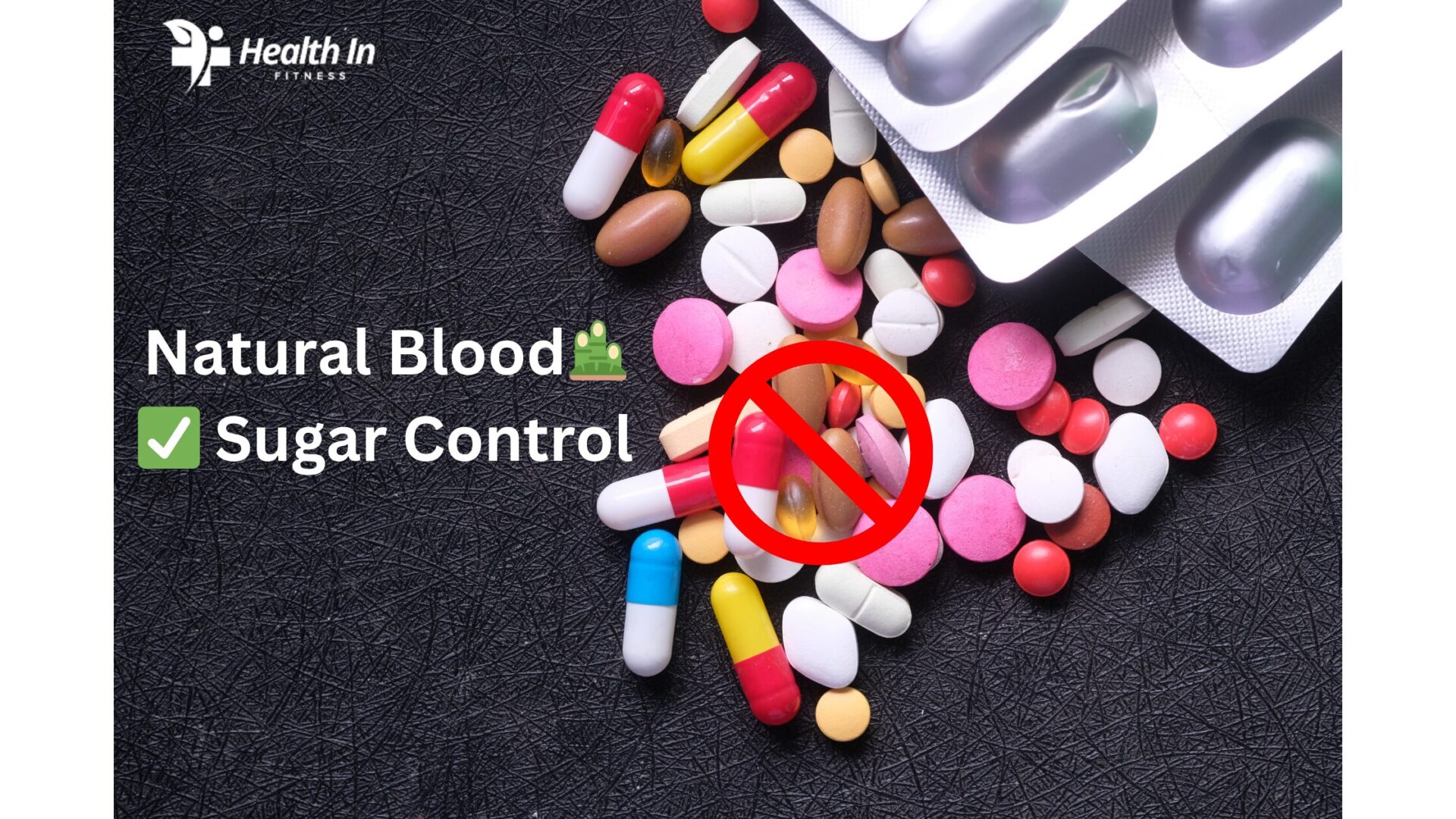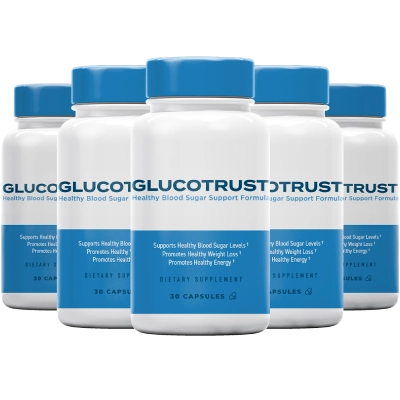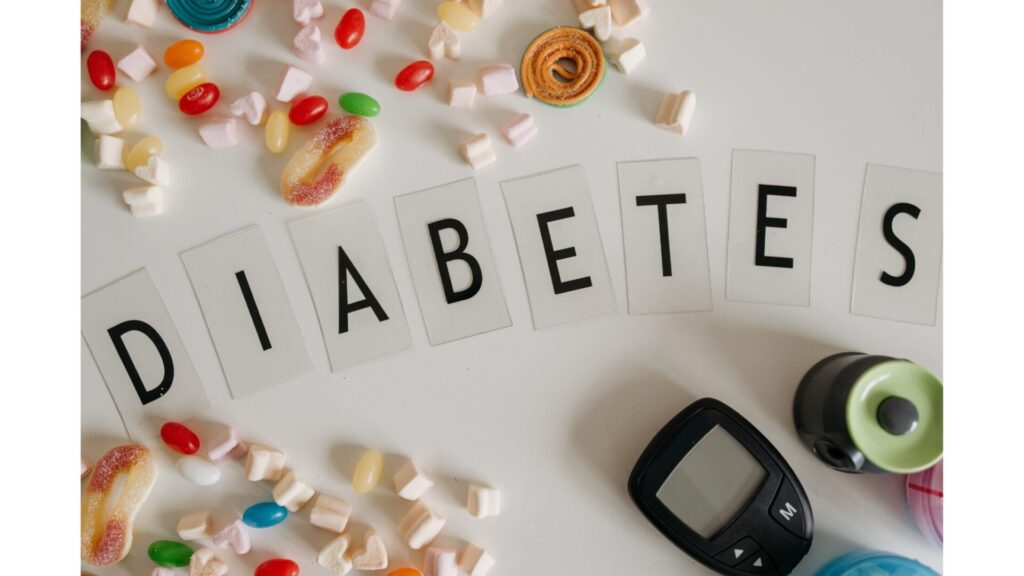In today’s fast-paced world, the pursuit of longevity and well-being has become more important than ever. While genetics play a role in how long we live, daily habits and lifestyle choices significantly influence our health, vitality, and lifespan. By incorporating certain daily wellness habits for longevity, you can improve your overall quality of life, reduce the risk of chronic diseases, and boost both mental and physical health.
This comprehensive guide will explore the most effective habits you can adopt to promote longevity. We will cover key areas such as nutrition, exercise, sleep, stress management, mental well-being, and social connections. By the end of this post, you’ll have a detailed understanding of how to incorporate these habits into your daily routine for a healthier, longer life.
The Science of Longevity: What Affects Lifespan?
Longevity is influenced by a combination of factors, including genetics, environment, and lifestyle. While we can’t change our genetic makeup, we have significant control over the lifestyle factors that influence how long we live and how healthy we are in our later years. Researchers who study aging have identified several factors that can either promote or hinder daily wellness habits for longevity:
- Diet and Nutrition: Eating a balanced, nutrient-dense diet supports the body’s ability to repair itself and maintain optimal function.
- Physical Activity: Regular exercise reduces the risk of chronic diseases, improves mental health, and promotes overall well-being.
- Sleep: Quality sleep is essential for recovery, immune function, and brain health.
- Stress Management: Chronic stress can lead to a variety of health problems, from heart disease to mental health issues.
- Mental and Emotional Well-being: Mental health directly impacts physical health. Positive emotional habits and mental resilience are associated with a longer lifespan.
- Social Connections: Strong relationships and a sense of community contribute to emotional well-being and longevity.
Now, let’s break down these key areas into actionable daily habits for longevity.
1. Nutrition: Eating for Longevity
Diet is one of the most powerful factors in determining how long you live and the quality of your later years. A diet rich in whole, nutrient-dense foods can prevent chronic diseases like heart disease, diabetes, and cancer, while also supporting brain health and longevity.
Key Nutritional Habits for Longevity:
1.1 Prioritize Whole Foods and Plant-Based Eating
Research consistently shows that diets rich in fruits, vegetables, whole grains, nuts, seeds, and legumes are linked to lower rates of chronic diseases and longer lifespans. These foods are packed with essential vitamins, minerals, antioxidants, and fiber, all of which help reduce inflammation and oxidative stress in the body—two key drivers of aging.
How to implement:
- Aim for at least five servings of fruits and vegetables daily.
- Incorporate a variety of colors in your diet to ensure you’re getting a wide range of nutrients.
- Include plant-based proteins like lentils, chickpeas, and tofu in your meals.
1.2 Eat Healthy Fats
Not all fats are bad. In fact, some fats are essential for longevity. Omega-3 fatty acids, found in fatty fish, flaxseeds, and walnuts, are known to reduce inflammation, lower the risk of heart disease, and promote brain health. Monounsaturated fats, found in olive oil and avocados, also support heart health.
How to implement:
- Include fatty fish like salmon or mackerel in your diet twice a week.
- Use olive oil as your primary cooking oil.
- Add nuts and seeds to your salads or snacks for a boost of healthy fats.
1.3 Limit Processed Foods and Added Sugars
Processed foods, which are high in unhealthy fats, refined sugars, and sodium, can increase the risk of obesity, heart disease, and diabetes. These foods also lack the nutrients necessary for supporting longevity. Limiting sugar intake is crucial for preventing conditions like type 2 diabetes and metabolic syndrome, which are known to shorten lifespan.
How to implement:
- Avoid sugary drinks, fast food, and snacks high in refined sugars.
- Focus on whole, unprocessed foods as the mainstay of your diet.
- Opt for natural sweeteners like honey or fruit when needed.
1.4 Practice Intermittent Fasting or Caloric Restriction
Studies suggest that caloric restriction (eating fewer calories) or intermittent fasting (eating during specific windows of time) can extend lifespan by promoting cellular repair processes and reducing inflammation. Intermittent fasting, in particular, has gained popularity for its potential benefits in weight management, metabolism, and longevity.
How to implement:
- Start with a simple 12:12 fasting window (e.g., fasting for 12 hours overnight) and gradually increase the fasting window if desired.
- Ensure that when you do eat, your meals are balanced and nutrient-dense.
For more detailed information on diet and longevity, visit Harvard T.H. Chan School of Public Health’s guide to eating for longevity.
2. Physical Activity: Move Your Body Daily
Regular physical activity is essential for longevity. Exercise not only helps maintain a healthy weight but also reduces the risk of chronic diseases, improves mental health, and enhances quality of life. Incorporating various forms of movement into your daily routine will have a profound impact on your lifespan.
Key Exercise Habits for Longevity:
2.1 Engage in Aerobic Exercise
Aerobic activities like walking, jogging, cycling, and swimming improve cardiovascular health, enhance lung function, and increase endurance. Research shows that people who engage in regular aerobic exercise live longer and have a lower risk of heart disease, stroke, and diabetes.
How to implement:
- Aim for at least 150 minutes of moderate-intensity aerobic exercise per week (e.g., brisk walking).
- Choose activities you enjoy to make exercise a regular part of your routine.
2.2 Incorporate Strength Training
As you age, maintaining muscle mass and bone density becomes increasingly important. Strength training not only improves muscle strength but also helps prevent osteoporosis and fractures. It also supports metabolism and fat burning.
How to implement:
- Include strength training exercises (e.g., weight lifting, resistance bands, or bodyweight exercises) two to three times per week.
- Focus on exercises that target all major muscle groups, including legs, arms, core, and back.
2.3 Add Flexibility and Balance Training
Flexibility and balance exercises, such as yoga or Pilates, improve joint health, prevent injuries, and enhance mobility as you age. Incorporating these activities into your routine can help you maintain your independence and reduce the risk of falls.
How to implement:
- Try yoga or Pilates classes online or at your local gym.
- Stretch daily, focusing on areas that feel tight, such as the hamstrings, shoulders, and hips.
For more tips on staying physically active, visit The American Heart Association’s guidelines for physical activity.
3. Sleep: Prioritizing Rest for Longevity
Sleep is crucial for maintaining good health and longevity. During sleep, your body undergoes critical processes such as tissue repair, hormone regulation, and immune system strengthening. Poor sleep has been linked to a host of health issues, including obesity, diabetes, cardiovascular disease, and cognitive decline.
Key Sleep Habits for Longevity:
3.1 Aim for 7-9 Hours of Quality Sleep
Adults should aim for 7 to 9 hours of sleep per night. Consistently getting adequate sleep helps improve memory, mood, and cognitive function while reducing the risk of chronic diseases.
How to implement:
- Stick to a consistent sleep schedule, even on weekends.
- Create a relaxing bedtime routine to signal your body that it’s time to wind down (e.g., reading or meditation).
3.2 Optimize Your Sleep Environment
The quality of your sleep environment plays a significant role in how well you sleep. Factors such as room temperature, light exposure, and noise levels can impact your ability to fall asleep and stay asleep.
How to implement:
- Keep your bedroom cool, quiet, and dark. Consider using blackout curtains or a white noise machine if needed.
- Remove electronic devices from your bedroom to reduce distractions.
3.3 Limit Caffeine and Alcohol Before Bed
Both caffeine and alcohol can interfere with sleep quality. While caffeine is a stimulant that can keep you awake, alcohol may disrupt your sleep cycle and prevent deep, restorative sleep.
How to implement:
- Avoid caffeine in the late afternoon and evening.
- Limit alcohol intake, especially within a few hours of bedtime.
4. Stress Management: Reducing Stress for a Longer Life
Chronic stress is one of the most damaging factors to health and longevity. It contributes to a range of health issues, including heart disease, high blood pressure, and mental health disorders. Learning how to manage stress effectively can improve your overall quality of life and promote longevity.
Key Stress-Reducing Habits for Longevity:
4.1 Practice Mindfulness Meditation
Mindfulness meditation involves focusing on the present moment without judgment. This practice has been shown to reduce stress, lower blood pressure, and improve emotional well-being.
How to implement:
- Dedicate at least 10 minutes a day to mindfulness meditation. Apps like Headspace or Calm can guide beginners through meditative practices.
- Practice deep breathing exercises to help lower your stress levels throughout the day.
4.2 Engage in Hobbies and Activities You Enjoy
Engaging in enjoyable activities is one of the best ways to reduce stress. Whether it’s painting, gardening, playing an instrument, or spending time outdoors, doing things you love promotes relaxation and helps shift focus away from stressors.
How to implement: Daily wellness habits for longevity
- Schedule time for hobbies and activities that bring you joy. Treat this time as essential self-care.
4.3 Stay Physically Active
Exercise is one of the most effective ways to combat stress. Physical activity triggers the release of endorphins—hormones that naturally improve mood and reduce stress levels.
How to implement:
- Incorporate short bouts of physical activity into your day, especially when feeling stressed. A quick walk or stretching session can make a big difference.
5. Mental and Emotional Well-Being: A Positive Mindset for Longevity
Your mental and emotional health can have a significant impact on your physical well-being and longevity. Cultivating a positive mindset, building mental resilience, and managing negative emotions are key components of a long, healthy life.
Key Mental and Emotional Habits for Longevity:
5.1 Practice Gratitude
Gratitude is associated with numerous health benefits, including lower stress levels, improved relationships, and greater emotional well-being. It shifts your focus away from what’s lacking and toward the positives in your life.
How to implement:
- Keep a gratitude journal and write down three things you’re grateful for every day.
- Reflect on positive moments, both big and small, regularly.
5.2 Cultivate Strong Relationships
Positive social connections are crucial for emotional well-being and longevity. People who maintain close relationships with friends, family, and community members tend to live longer and experience fewer mental health challenges.
How to implement:
- Make time for friends and family, even if it’s just a phone call or a text message.
- Consider joining a club, group, or class to meet new people and expand your social circle.
5.3 Engage in Lifelong Learning
Continuous learning keeps the brain sharp and prevents cognitive decline as you age. Engaging in activities that challenge the brain, such as learning a new language, playing an instrument, or solving puzzles, helps improve mental resilience.
How to implement:
- Take up a new hobby or enroll in an online course to keep your mind active.
- Read regularly and explore topics that interest you.
6. Social Connections: Building a Supportive Community for Longevity
Strong social connections play a vital role in health and longevity. People with supportive social networks are less likely to experience chronic diseases and more likely to maintain mental and emotional well-being. Having a sense of belonging and purpose within a community also provides emotional fulfillment.
Key Social Habits for daily wellness habits for longevity Longevity:
6.1 Nurture Existing Relationships
Maintaining strong bonds with close friends and family is essential for mental and emotional health. Regularly connecting with loved ones helps reduce feelings of loneliness and stress, both of which can negatively impact longevity.
How to implement: Daily wellness habits for longevity
- Schedule regular catch-ups with friends and family, whether in person or virtually.
- Make an effort to resolve conflicts and maintain healthy communication in your relationships.
6.2 Build New Connections
If your social circle is limited, actively seek out new relationships. Building new friendships and engaging with different social groups can enrich your life and boost your emotional health.
How to implement:
- Join local clubs, organizations, or classes that align with your interests.
- Volunteer in your community to meet new people and give back at the same time.
Conclusion: Daily Wellness Habits for Longevity
Living a long, healthy life requires more than just good genes—it demands intentional daily habits that support your physical, mental, and emotional well-being. By adopting key practices like eating a nutrient-rich diet, staying physically active, getting quality sleep, managing stress, nurturing social connections, and maintaining a positive mindset, you can significantly boost your chances of living a longer, more fulfilling life.
For more information on habits that promote longevity, visit Blue Zones’ guide to longevity and Mayo Clinic’s wellness tips for a longer life.













